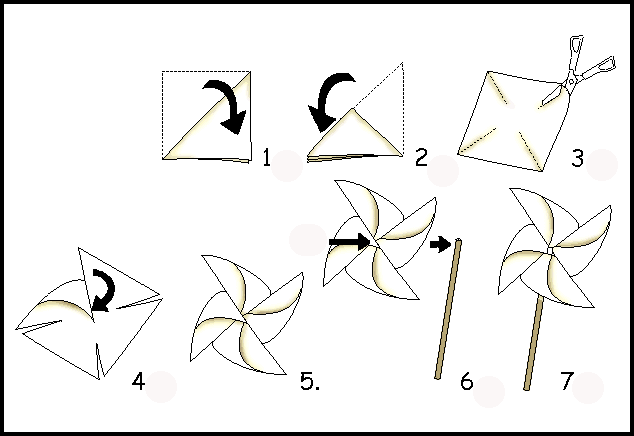INSTRUCCIONES
La transmisión de la información y de los requisitos necesarios para la ejecución de un trabajo, la consecución de un objetivo o el desarrollo de cualquier proceso es fundamental puesto que los responsables y ejecutores han de tener muy claro qué, cómo y cuándo deben proceder con las actividades que se requieran para el cumplimiento de las funciones.
Cuando necesitemos dar alguna instrucción a nuestros colaboradores debemos tener en cuenta que el grado de conocimiento acerca de lo que solicitamos y el compromiso con ello es diferente en cada uno por lo que debemos aportar claridad a la hora de comunicar. La información de la que disponen es diversa y, probablemente, incompleta lo cual puede dar lugar a interpretaciones diferentes o a actuaciones que se desvíen, en mayor o menor medida, de los objetivos establecidos.
El objeto de la instrucción ha de ser concreto y simple, debemos señalar los aspectos clave y los condicionantes del mensaje, de tal forma que cualquiera de los implicados pueda conocer las bases de su actuación y disponga de los criterios necesarios para decidir en caso necesario. Asimismo, se ha de aportar la información complementaria que creamos puede ayudar en las tareas a realizar y, sobre todo, permitir que los colaboradores planteen sus dudas. Finalmente, se han de unificar las posibles interpretaciones mediante la definición de pautas que permitan trabajar en el mismo sentido a todos. En definitiva, el qué y el cómo debe ser comprensible y obvio.
“Instruido es aquel que posee lo que necesita para desenvolver su actividad propia. Lo restante no sirve de nada”. (Friedrich Hebbel)
INSTRUCTIONS
The transmission of information and the necessary requirements for the execution of work, the achievement of an objective or the development of any process is fundamental since the managers and executors must be very clear about what, how and when they should proceed with the activities that are required for the fulfillment of the functions.
When we need to give some instruction to our collaborators, we must bear in mind that the degree of knowledge about what we request and the commitment to it is different in each one, so we must provide clarity when communicating. The information available to them is diverse and probably incomplete, which may lead to different interpretations or actions that deviate, to a greater or lesser extent, from the established objectives.
The aim of the instruction must be concrete and simple, we must point the key aspects and the conditioning factors of the message out, in such a way that any of those involved can know the bases of their actions and have the necessary criteria to decide if necessary. Likewise, we have to provide the complementary information that we believe can help in the tasks to be carried out and, above all, allow the collaborators to raise their doubts. Finally, possible interpretations must be unified by defining guidelines that allow everyone to work in the same direction. In short, what and how should be understandable and obvious.
“Learned is one who possesses what he needs to develop his own activity. The rest does not help.” (Friedrich Hebbel)
Antonio González Losa





















